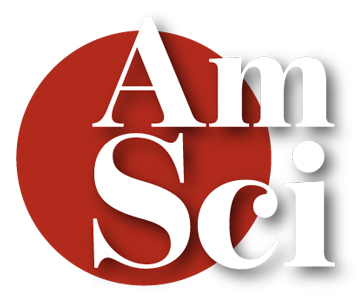Magazine
January-February 2003

January-February 2003
Volume: 91 Number: 1
The light-sensitive portions of rod and cone photoreceptors are shown in a colored scanning electron micrograph. The photoreceptors are the sensory cells in vertebrate retinas; they contain rhodopsin, a protein whose shape changes when struck by packets of light. Rods are essential for vision in dim light. Cones, which have wider bases than rods, perceive color in bright conditions. In "How the Retina Works," Helga Kolb describes the architecture of this tissue, which lines the back of the eyeball. She describes how complex neural circuits allow much image construction to take place in the eye itself. (Photograph by Ralph C. Eagle/Photo Researchers, Inc.)
In This Issue
- Art
- Astronomy
- Biology
- Chemistry
- Communications
- Computer
- Economics
- Engineering
- Environment
- Ethics
- Evolution
- Mathematics
- Medicine
- Physics
- Policy
- Psychology
- Technology
Bayh-Dole Reform and the Progress of Biomedicine
Arti Rai, Rebecca Eisenberg
Ethics Policy
Allowing universities to patent the results of government-sponsored research sometimes works against the public interest
Mud, Marine Snow and Coral Reefs
Eric Wolanski, Robert Richmond, Laurence McCook, Hugh Sweatman
Environment Policy
The survival of coral reefs requires integrated watershed-based management activities and marine conservation
How the Retina Works
Helga Kolb
Biology Physics
Much of the construction of an image takes place in the retina itself through the use of specialized neural circuits
The Hubble Constant and the Expanding Universe
Wendy Freedman
Astronomy Physics
A newly refined value of H0, the expansion rate of the universe, may herald a first step toward a new era of "precision" cosmology
